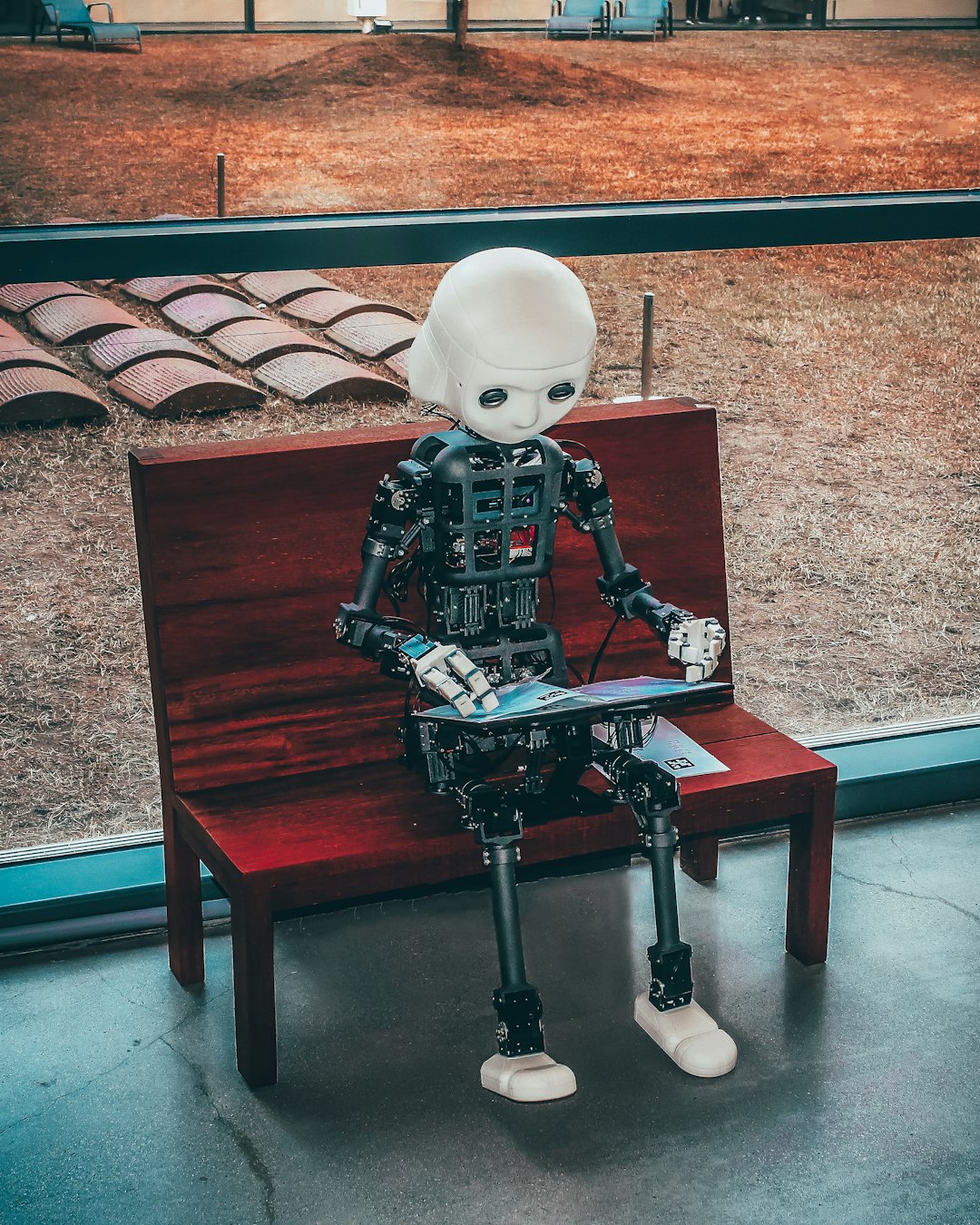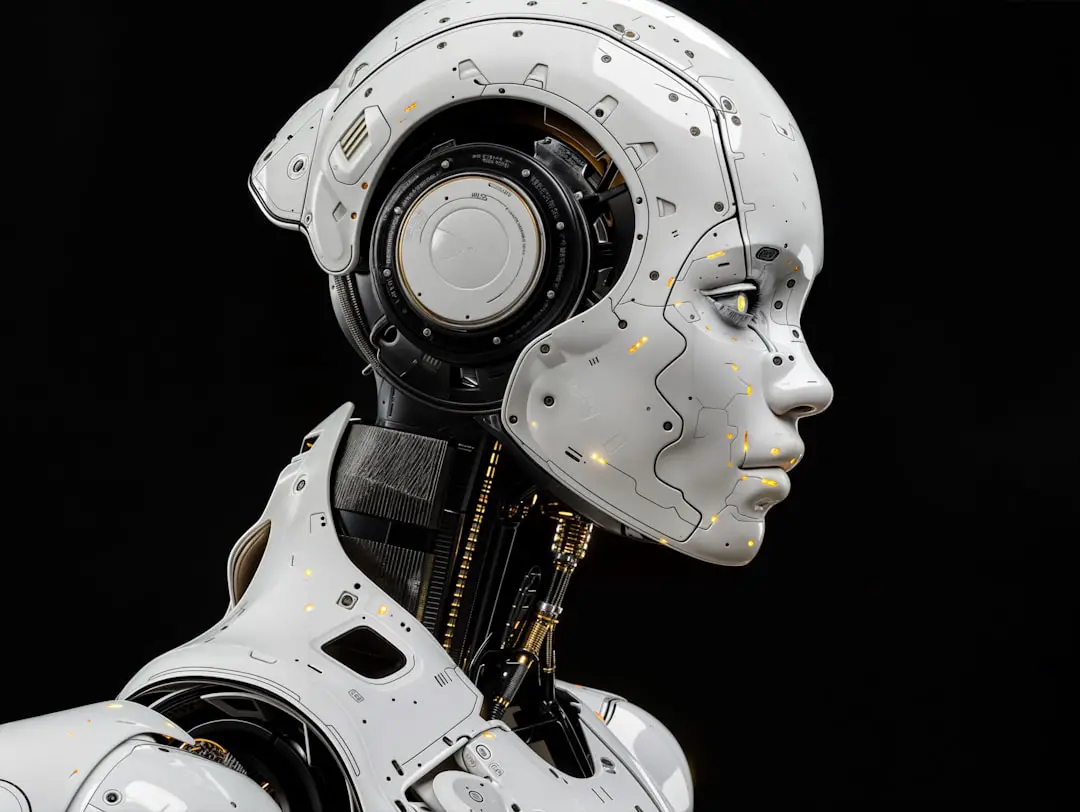“`html
Artificial Intelligence (AI) has become an indispensable part of digital experiences, transforming the way users interact with applications, websites, and services. At the forefront of this revolution is machine learning (ML), a powerful subset of AI that continuously evolves to create more intuitive and personalized user experiences (UX). Kirill Yurovskiy, a thought leader in this space, explores how AI is reshaping UX and what the future holds for digital interactions.
The Role of Machine Learning in UX
Traditional UX design relied heavily on user research, A/B testing, and static personas. But in the AI era, ML-driven UX leverages real-time data to adapt interfaces dynamically. Here’s how machine learning is revolutionizing UX:
- Personalization: AI analyzes user behavior to tailor content, recommendations, and interface layouts.
- Predictive Analytics: Algorithms anticipate user needs and suggest relevant actions before they are explicitly requested.
- Automation: AI-powered chatbots and virtual assistants provide instant support, reducing human intervention.
- Enhanced Usability: Adaptive interfaces modify themselves based on individual preferences and behaviors.
AI-Powered Personalization
The key to an effective digital experience lies in personalization. AI-driven UX ensures that every user receives a unique and relevant interaction. By utilizing techniques such as collaborative filtering and natural language processing (NLP), platforms like Netflix, Amazon, and Spotify enhance engagement levels significantly.
For example, e-commerce platforms analyze past transactions, browsing history, and search queries to recommend products that match a user’s interests. Similarly, AI-powered email marketing tools determine the best time to send messages, increasing open rates and conversions.

Voice and Conversational Interfaces
With the rise of virtual assistants like Alexa, Siri, and Google Assistant, voice recognition technology is transforming UX. Modern digital interactions no longer rely solely on keyboards and touchscreens; instead, AI-driven voice interfaces provide hands-free and intuitive interactions.
AI-powered bots now understand context, tone, and intent, making conversations feel more natural. This shift enhances accessibility, allowing users of all abilities to interact seamlessly with digital platforms.
Improving Accessibility with AI
One of AI’s most transformative impacts is in making digital experiences more inclusive. ML models help create adaptive content that caters to different user needs. Key advancements include:
- Automated Captioning and Translations: AI-powered tools generate real-time captions for videos, making content accessible to hearing-impaired users.
- Screen Readers with AI Enhancements: AI improves text-to-speech accuracy, creating better navigation experiences for visually impaired users.
- Smart Interfaces: Websites and applications automatically adjust font size, contrast, and readability based on user behavior.
The Role of AI in Predictive UX
Predictive UX is revolutionizing digital experiences through AI’s ability to forecast user actions and deliver value before the user actively seeks it. AI tools analyze historical data to optimize website layouts, suggest shortcuts, and minimize friction points in user journeys.
For instance, AI-powered autocomplete functions in search engines predict user queries as they type, enhancing accuracy and user convenience. Similarly, proactive customer support chatbots preemptively address potential issues based on past interactions.

Challenges and Ethical Considerations
Despite its many advantages, AI-driven UX presents some critical challenges:
- Data Privacy Concerns: AI systems rely on vast amounts of user data, raising ethical concerns around security and privacy.
- Over-Automation: Excessive reliance on AI can strip digital experiences of human touch, making them feel impersonal.
- Bias in AI Models: If not properly optimized, AI systems can inherit biases, leading to unfair or skewed experiences for certain users.
To address these challenges, companies must prioritize ethical AI design, ensuring transparency, fairness, and user control over data.
The Future of AI-Driven UX
As AI continues to evolve, its influence on digital experiences will only deepen. Some key trends to look forward to include:
- Hyper-Personalization: AI will integrate emotional intelligence to refine user interactions based on sentiment analysis.
- Augmented Reality (AR) and AI Fusion: Intelligent AR interfaces will redefine online shopping, gaming, and education.
- Zero UI Interfaces: AI will enable interfaces beyond touchscreens, such as gesture and brain-computer interactions.
Kirill Yurovskiy emphasizes that the key to successful AI-driven UX lies in balancing automation with human-centered design. Businesses that understand this balance will create intuitive, seamless, and engaging digital experiences.
Conclusion
AI and machine learning are fundamentally reshaping user experiences, making them more adaptive, predictive, and personalized. While challenges exist, the vast potential of these technologies in UX design is undeniable. By leveraging AI responsibly, businesses and designers can create game-changing digital experiences that anticipate and fulfill user needs like never before. The future of UX is not just digital—it’s intelligent.
“`
